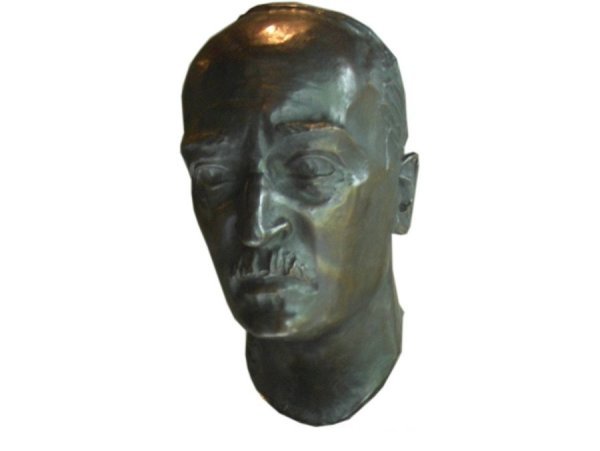


Once again it meant another two years and a total of six test-series, until it was managed to elicit a steady power output. For those who believed that the inventor had reached his target, and that his life would now be more peaceful, they were mistaken. Although the news of the enormously efficient engine was spread all over the world and the MA(N)* shares were experiencing a boom, so the number of envious people also grew. There was an engineer at the engine factory Deutz, who saw their market leadership for petrol engines disappearing. He had published the principle of Diesel's engine earlier than Diesel and now, only by being given a contract as an adviser, was kept from arguing a grueling court case over the patent.
Since in fact, the theorist Rudolf Diesel had built an engine which deviated from the previously granted patent. This was based strictly on the Carnot process of an isotherm expansion (constant-temperature expansion) in the power stroke with, even today, almost impossibly high pressures. The actual Diesel engine has (basically) an isobaric (constant-pressure) expansion. This was no longer covered by the original patent.
Added to the technical problems, were also the commercial and legal patent-negotiations. In addition there were any number of lectures to be given and a lot of travelling. Once again, his family and his health suffered. The sale of the rights brought in a great deal of money. A reputed 1 million Marks was paid for the American Munich-licence-rights alone. Wherever he went Diesel was a respected man. Honours, like the honorary doctor title from the University of Munich were also bestowed on him. The engineers at MA(N)* had to prepare the engine for serial production themselves.
What probably only a few people knew: Rudolf Diesel had thought his theory out much further, and had been researching in this direction. He travelled to Galicia in the search for cheaper fuel. He knew that his engine was interesting for the railways and as a stationary power source, however, ships had a higher consumption and petroleum was simply too expensive. Diesel did tests with heavy oil, a sort of by-product of crude-oil and there he found what he was looking for. In 1913 he witnessed, how the first larger ship sailed across the ocean with a Diesel engine instead of a steam turbine.
Characteristically all that went wrong, was probably his the reason for his nervous breakdown and hospitalization in 1898. Although he earned several millions, he also listened to the wrong advisors and thus, lost a part of his fortune. From 1901 onwards, the family resided in a villa in Bogenhausen, a posh suburb of Munich. In 1903 his book "Solidarity, the natural economic salvation of the people" appeared, in which he stated his longing for a better world. No publisher was found and also the costly self-publication was condemned to failure.
Apparently, Rudolf Diesel's invention brought him little happiness. His engine would indeed, be honoured at the 1900 World Exhibition in Paris, the worldwide fame was not followed by enough commercial success. The inventor was obviously not satisfied with his achievement. In addition, there were the enforced, but actually not justified comparisons in the patent disputes and also the hostility of certain colleagues. In the meantime his income was so reduced, that he, once again planned a more modest lifestyle for himself and his family.
Speculations about his death in 1913 led to differing opinions. Undoubtedly, Rudolf Diesel went overboard during the night from a ferry to England and his corpse was found floating in the sea about one week later. It was badly disfigured but his son could identify him by the things that he had with him. The question is: what actually happened? Suicide is one theory, due to the threatening commercial failure, the professional attacks and his state of health.
However, there were advocates of a murder theory who also had persuasive arguments. But after all, he was not travelling alone, and had just had dinner with friends in high spirits. Details were also found in his cabin, which did not fit in with the planing of a suicide. Indeed, what motive could the murderer/s have had? That may have been able to be found in the political situation. After all, just at the time of armament increasing, the German Emporer Wilhelm II was going through a power struggle against the British Empire over who was the strongest maritime power in the world. A struggle which, he would not however, win. Although Diesel rejected the use of his engines for war purposes (also for Germany), indeed it would have been extremely unfavourable if Diesel were to sell further patents to the British.
Suicide or murder, Diesel did not live to experience the victory of the Diesel engine in the field of road vehicles. Their powerful boom came into being only after 1945. He would probably have rejoiced at the introduction of the direct injection, because, even then he had given some thought to this development. Sketches made by him point to this theory. Indeed, if you believe that the conversion of Diesel engines for use with Rapeseed or Sunfuel is something new, think again, the inventor had already carried out tests, allegedly with peanut-oil. 04/11
*From 1898 onwards Maschinenfabrik Augsburg-Nürnberg AG